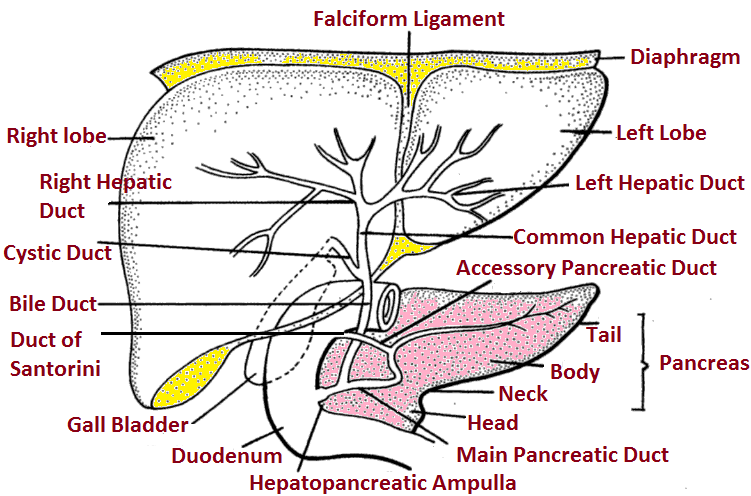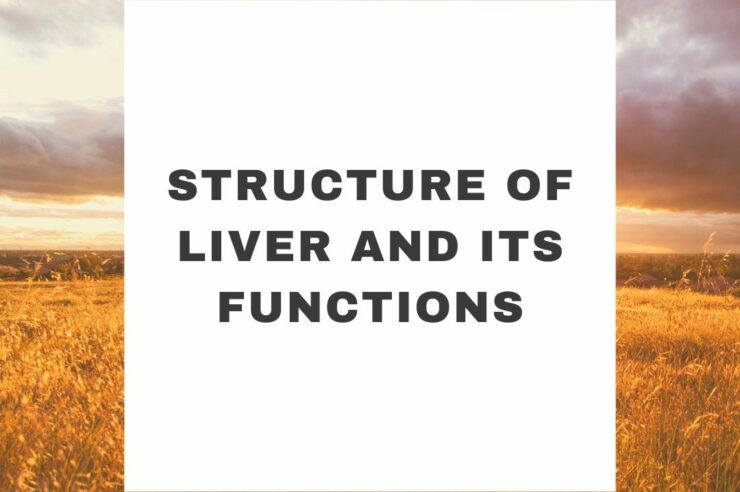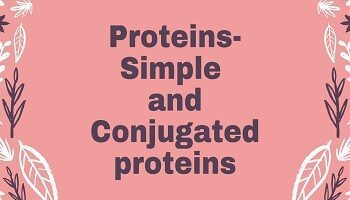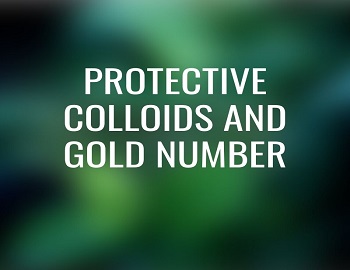Table of Contents
Structure Of Liver And Its Functions:
Structure of Liver:
The liver is a reddish spongy organ that occurs on the right side of the abdomen just below the diaphragm. It is the largest exocrine gland of the body and weighs about 1.2 to 1.5 kg in adult men. The liver is supported in the abdominal cavity by a fold of the peritoneum.
The liver is a multilobulated gland. It is formed of two main and two small lobes. Two main lobes are- larger right and smaller left lobe, while two small lobes are- rectangular quadrate lobe present on the inferior surface and caudate lobe visible on the posterior side of the right lobe. The right and left lobes of the liver are separated by a falciform ligament. The hepatic lobules are the structural and functional units of the Liver containing hepatic cells arranged in the form of cords. Each lobule is covered by a thin connective tissue sheath called the Glisson’s Capsule.

A slate blue or yellow-green pyriform sac called gall bladder occurs on the inferior surface between the quadrate lobe and right lobe. It is 7-10 cm broad with a capacity of 30-50 ml. The gall bladder is differentiated into three parts– body, fundus, and neck. From the neck arises a cystic duct having 3-4 cm length and 5-12 internal folds which function as a spiral valve.
The liver secretes bile which is carried by right and left hepatic ducts. These two ducts unite and form the common hepatic duct. From the upper part of the common hepatic duct commences the cystic duct that ends in the gall bladder. The hepatic and cystic duct join and form the bile duct. The bile duct opens into the pancreatic duct and forms the hepatopancreatic duct. This duct enters into the duodenum through the ampulla of Vater (hepato-pancreatic ampulla). A sphincter of Oddi guards this ampulla of Vater. The sphincter muscle of Boyden occurs at the junction where the bile duct joins with the pancreatic duct. When this muscle becomes closed, the bile is forced into the gall bladder for its storage. Gall bladder acts as the chief storehouse of bile. The daily secretion of bile is about 600-1200 ml. Its pH is 7.6-8.6.
Functions of Liver:
Liver is a multipurpose and largest gland of man. It controls metabolism in a number of ways, so is called largest chemical factory of body.
- Hepatocytes secrete a non-enzymatic digestive juice called bile. Bile has several functions including an emulsion of fats in the digestive tract and absorption of its contents.
- The liver regulates the sugar level in the blood. It converts excess glucose to glycogen (glycogenesis) and when the blood glucose level falls down, it mobilized glycogen to glucose (glycogenolysis). The liver can store about 100 gm of glycogen.
- Carbohydrates in excess of the body requirement are changed into fat by liver cells (lipogenesis).
- It causes the deamination of amino acids and results in the production of ammonia. The ammonia combines with CO2 in the liver and forms the urea and uric acid. The liver is the main seat of urea and uric acid formation.
- The liver forms angiotensinogen. It changed into angiotensin by rennin of kidney. Angiotensin controls glomerular pressure and synthesis of aldosterone.
- It helps in the manufacture of coagulation factors in addition to fibrinogen and prothrombin.
- Liver produces an anticoagulant, heparin.
- It forms the erythrocytes in the foetus (haemopoiesis).
- It causes disposal of worn out and aging erythrocytes. Their haemoglobin is broken down to form bile pigments like biliverdin & bilirubin and release iron for recycling
- It manufactures all the plasma proteins.
- Microbes, broken cells, and foreign substances are removed by the phagocytic activity of Kupffer’s cells (phagocytosis).









Comments (No)